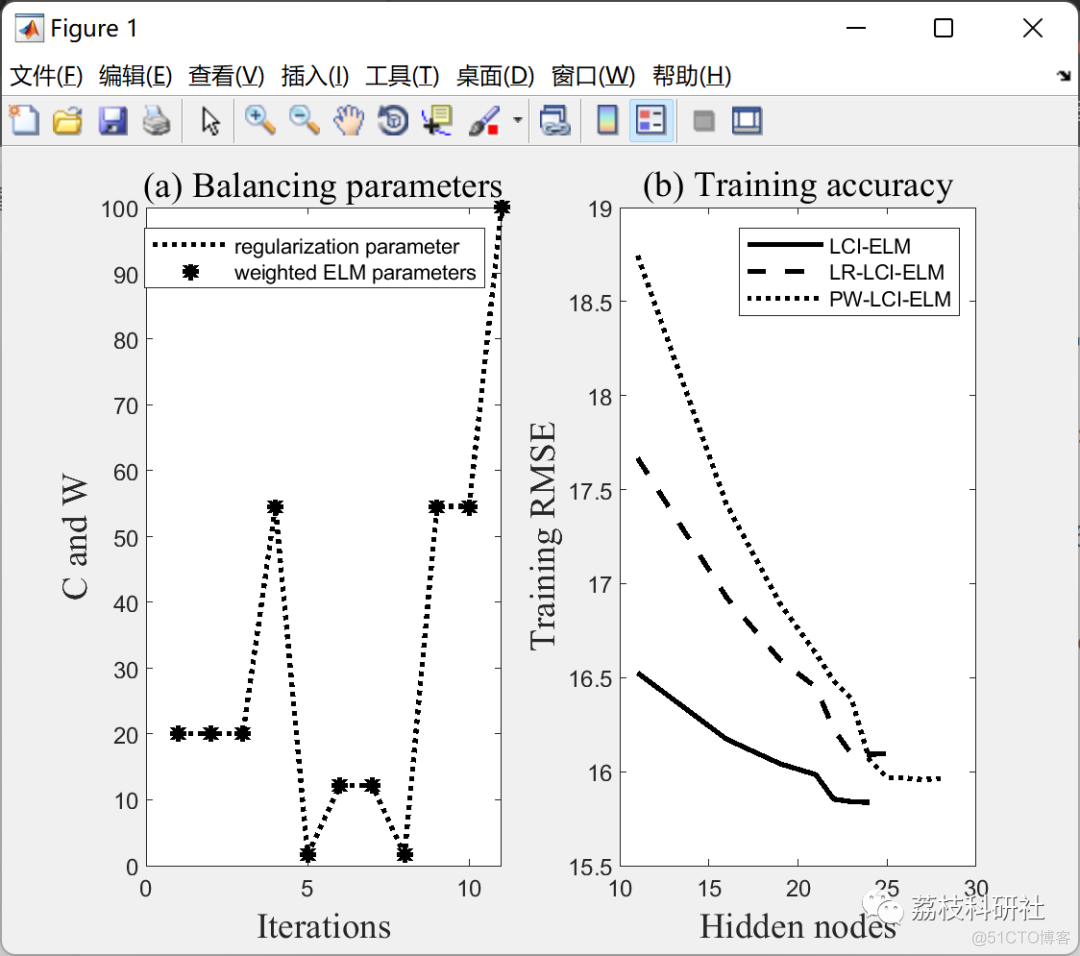💥💥💞💞欢迎来到本博客❤️❤️💥💥
🏆博主优势:🌞🌞🌞博客内容尽量做到思维缜密,逻辑清晰,为了方便读者。
⛳️座右铭:行百里者,半于九十。
目录
💥1 概述
📚2 运行结果
🎉3 参考文献
🌈4 Matlab代码实现
💥1 概述
本文引入了 [1] 中提出的 LCI-ELM 的新改进。创新点侧重于训练模型对更高维度“时变”数据的适应。使用C-MAPSS数据集[2]对所提出的算法进行了研究。PSO[3]和R-ELM[4]训练规则被整合在一起,用于此任务。
[1] Y. X. Wu, D. Liu, and H. Jiang, “Length-Changeable Incremental Extreme Learning Machine,” J. Comput. Sci. Technol., vol. 32, no. 3, pp. 630–643, 2017.
[2] A. Saxena, M. Ieee, K. Goebel, D. Simon, and N. Eklund, “Damage Propagation Modeling for Aircraft Engine Prognostics,” Response, 2008.
[3] M. N. Alam, “Codes in MATLAB for Particle Swarm Optimization Codes in MATLAB for Particle Swarm Optimization,” no. March, 2016.
[4] J. Cao, K. Zhang, M. Luo, C. Yin, and X. Lai, “Extreme learning machine and adaptive sparse representation for image classification,” Neural Networks, vol. 81, no. 61773019, pp. 91–102, 2016.
📚2 运行结果


部分代码:
🎉3 参考文献
[1] Y. X. Wu, D. Liu, and H. Jiang, “Length-Changeable Incremental Extreme Learning Machine,” J. Comput. Sci. Technol., vol. 32, no. 3, pp. 630–643, 2017.
[2] A. Saxena, M. Ieee, K. Goebel, D. Simon, and N. Eklund, “Damage Propagation Modeling for Aircraft Engine Prognostics,” Response, 2008.
[3] M. N. Alam, “Codes in MATLAB for Particle Swarm Optimization Codes in MATLAB for Particle Swarm Optimization,” no. March, 2016.
[4] J. Cao, K. Zhang, M. Luo, C. Yin, and X. Lai, “Extreme learning machine and adaptive sparse representation for image classification,” Neural Networks, vol. 81, no. 61773019, pp. 91–102, 2016.

















